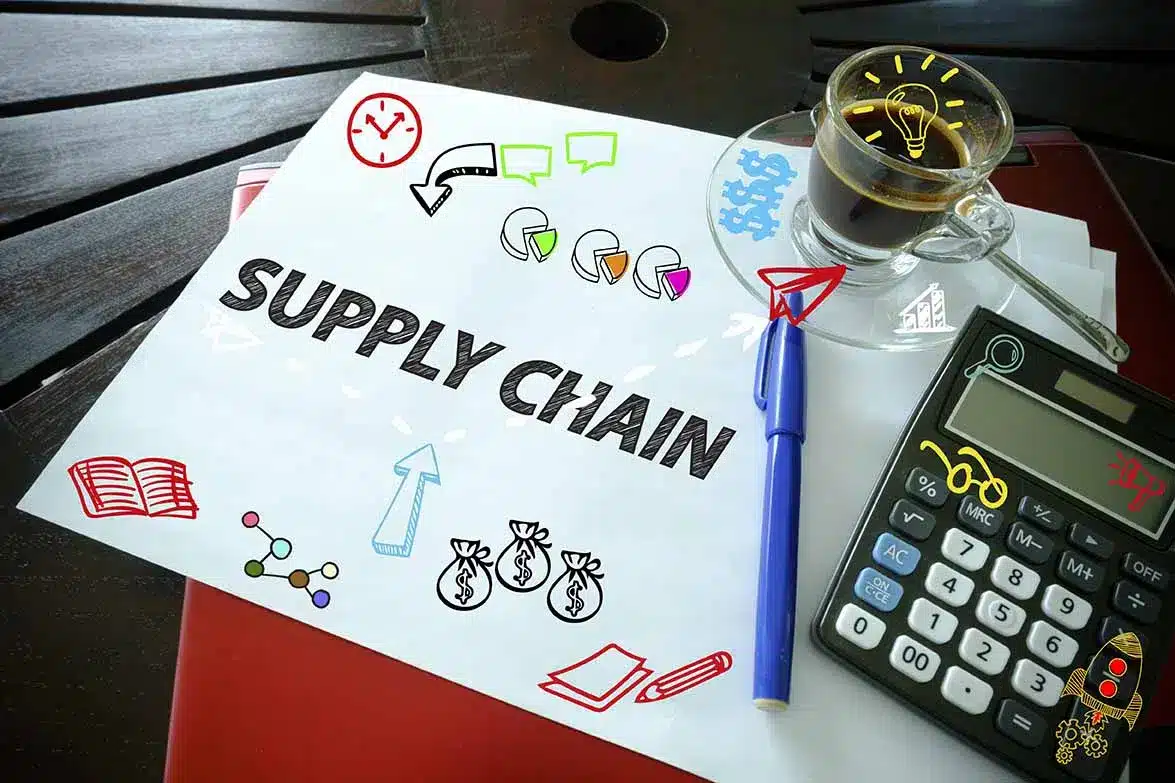Today’s world operates on scales and timelines previously unheard of throughout human history. More and more, sweeping global changes take place over the course of days, if not hours, affecting billions of people at a time. And there’s no sign of things slowing down. The massive upheavals brought about by the previous pandemic served as a wakeup call to the entire supply chain industry that no one is immune to change, and it seems the industry is responding in kind.
In a recent post, the WSJ is reporting that companies around the world are reshaping their supply chains to not only modernize, but to protect the future flow of global goods as well.
At a high level, these efforts to restructure outdated supply chains to meet current demands look like this:
- Diversify
- Increase Visibility
- Remain Flexible
Digging in a little deeper, here’s what that looks like for individual business looking to stay competitive in the market:
Diversify – The previous pandemic showed the risks of single sourcing in supply chains, whether for raw materials, manufacturing sites, transportation options, or distribution centers. Staffing shortages and geopolitical turmoil have wreaked havoc for companies trying to increase efficiency through single sourced models, causing businesses to seek diversity at every link in their chains. Having options prevents bottlenecks, and the long-term revenue generated by a resilient supply chain far outweighs short-term implementation costs.
Increase Visibility – Although many companies were already moving in this direction on their own, new environmental regulations from the SEC are pushing for records of a company’s carbon footprint, and that of their suppliers, to be made public. This increased regulatory pressure, as well as an increased desire within companies themselves to calculate their true transportation costs, has pushed many large businesses to increase visibility wherever possible. High level numbers and assumption-based decision making no longer cut it, as deeper data dives and real-time reporting options are quickly becoming the new normal.
Remain Flexible – The final trend reshaping the supply chain industry revolves around businesses trying to remain flexible to whatever changes come next . . . at all costs. The lessons learned from the previous pandemic on this front were two-fold. On the one hand, companies found that the consequences of being unprepared for changes in the global supply chain can be catastrophic. On the other hand, companies also learned that once catastrophe struck, they were still able to implement changes of their own to mitigate those outcomes. The desire now though is to be less reactive, and instead of waiting for the next disaster to strike, to be proactive and build resilient processes and procedures into supply chains today, so that they are prepared for whatever tomorrow brings.
While no one knows exactly what the future will bring, there is no doubt that change will come, and faster than anyone expects. Ultimately though, the fate of your supply chain is in your own hands. Large scale changes to the industry are inevitable, but the good news is that your specific supply chain can always be modified for the better as well.
If you’re interested in learning more about building a resilient supply chain for the modern world, reach out to us today, and let us help you prepare for what’s coming next.




